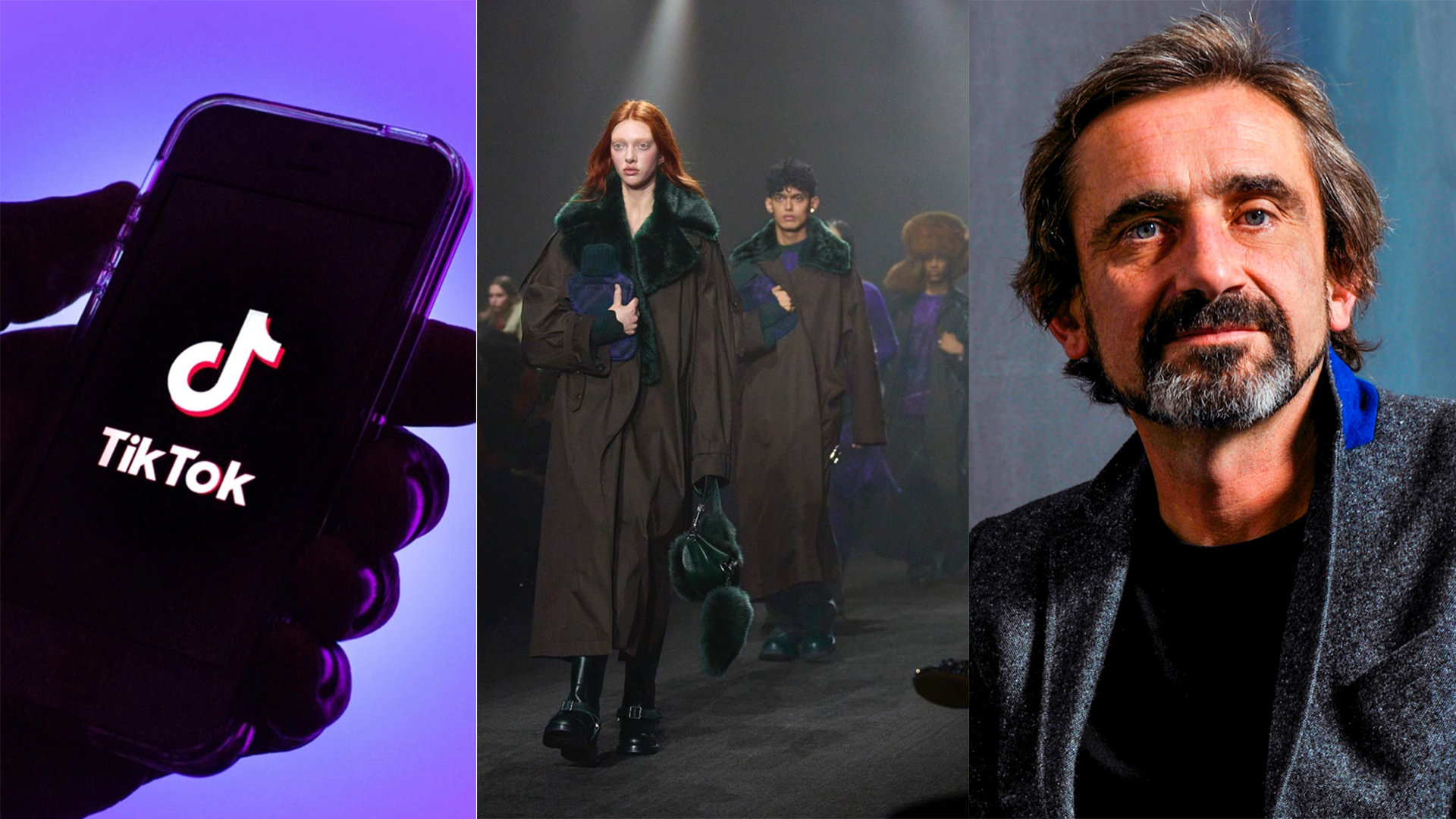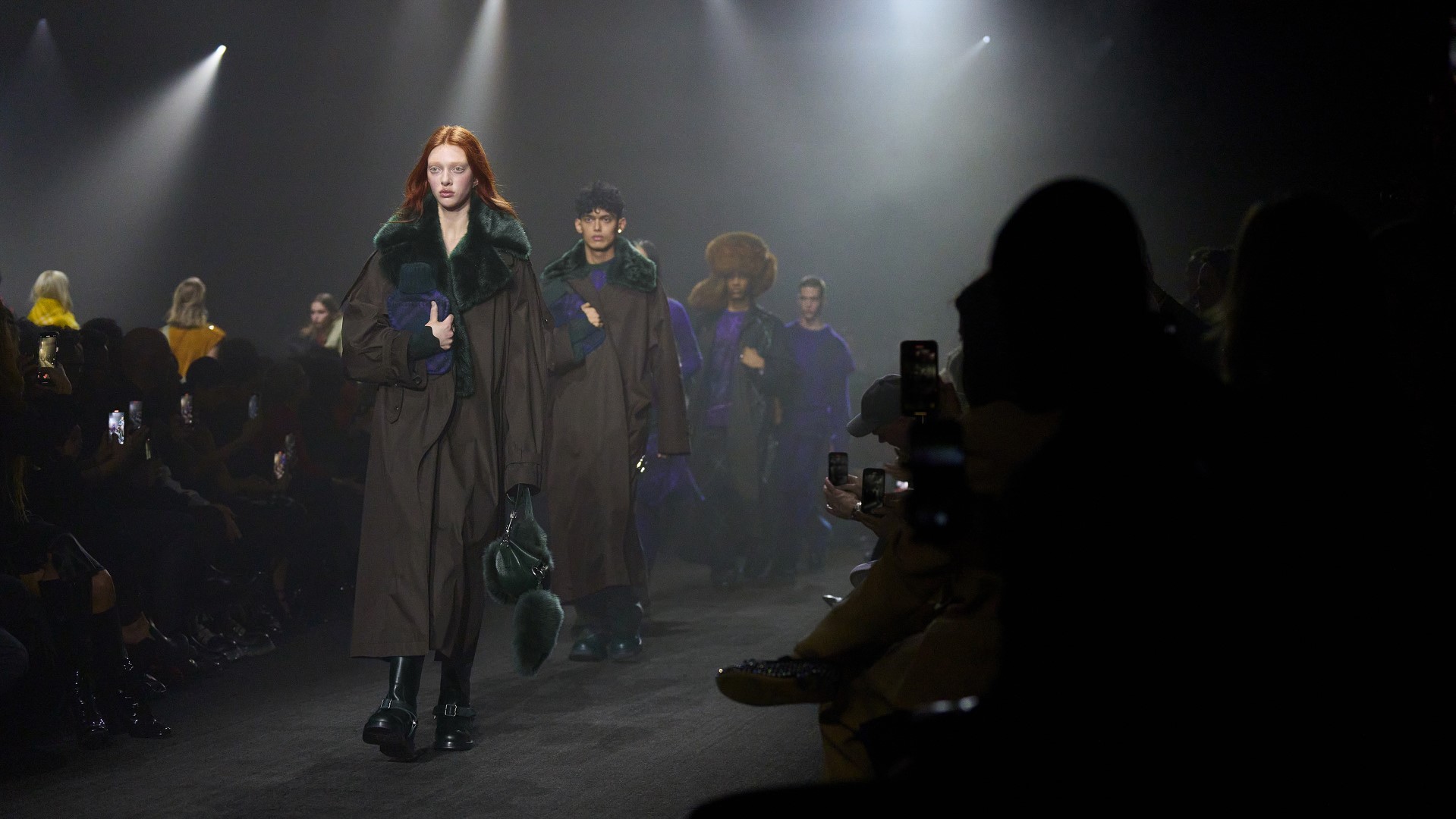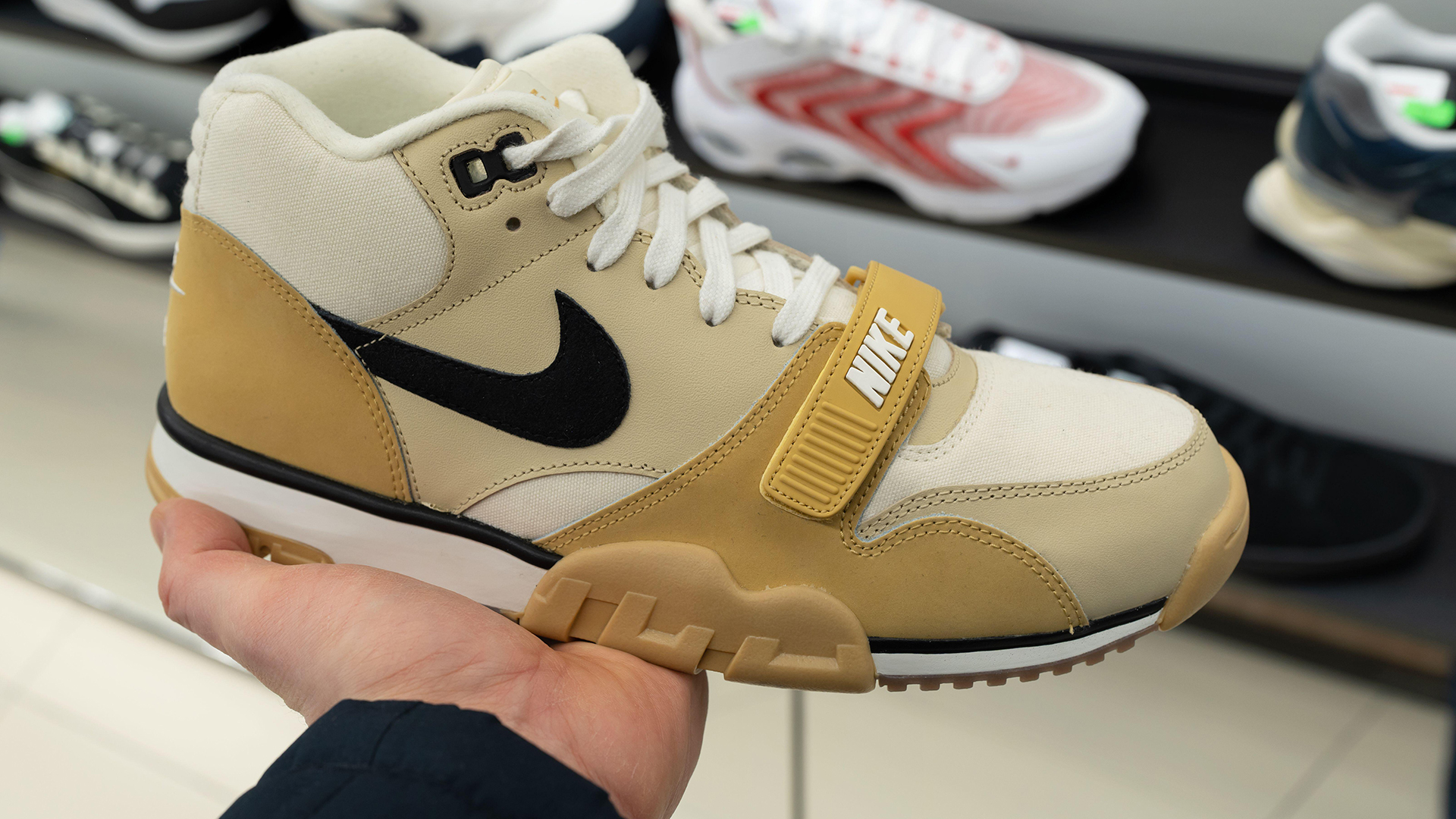


Here are some of this week’s news and features highlights handpicked by TheIndustry.fashion team.
Superdry is among a swathe of fashion brands to have either exited or are looking to exit the Stock Market. In this feature, its co-founder and CEO Julian Dunkerton tells us why he believes he is better off taking the brand private to execute his turnaround plan.
It’s hard to argue with his reasons. Dunkerton is an entrepreneur and an expert in product and retail. I imagine right now he’s spending all of his time dealing with investors, analysts and spreadsheets, when I’m pretty sure he’d rather be overseeing stores and design and finding out what his customers think. As he himself says: “Most of my time today is spent on non-core issues not relating to the brand.”
On top of that, being listed brings a lot of cost and scrutiny, which is not really what you need when you’re trying to be nimble and make tough decisions on a daily basis. It’s a fascinating read and a good advert for not floating in the first place.
Lauretta Roberts, Co-founder, CEO and Editor in Chief.

Burberry is arguably the last true British fashion house left. Of course, you have the Stella McCartney and Vivienne Westwoods of the world, but they opt to show overseas. Burberry has sunk its teeth into its hometown of London, specifically after painting the town Burberry Blue last fashion season. Now, it’s at risk of a takeover after losing a fifth of its value since the beginning of 2024.
A profit warning from Burberry’s rival Kering, the owner of Gucci, Bottega Veneta, YSL and more, triggered a dip in Burberry’s shares yesterday. With yesterday’s 2.5% drop, the British fashion house has now lost nearly 20% of its value since the start of the year. A potential takeover could see the British brand in the hands of a foreign owner. This is certainly one to watch as the British fashion industry clings to one of the last men standing.
Chloé Burney, Senior News & Features Writer.

It was heartening to hear this week that John Smedley is once again offering its long-established knitwear factory in Derbyshire for third-party manufacturing, for the first time in more than 40 years.
The exodus of brands shifting to cheaper offshore production in the Far East in the 1980s was a sad time for the UK fashion industry, and it was hard to ever envisage that one day there would be a significant pullback to these shores.
Of course, the level of production will never be the same again, but as the industry’s move towards provenance and traceability gathers pace, and as people become more aware of quality and how and where their clothes are made – and the impact it has on the planet – John Smedley’s move offers a ray of sunshine. Especially as the fashion industry continues to get hammered for its negative impact.
Established in 1784, John Smedley is the oldest, still-operational knitwear maker in the world. Back in the 1980s, it made knitwear for luxury labels including Burberry, Paul Smith and Vivienne Westwood. So, it’s also refreshing to hear that heritage British brand DAKS is to be the first to revisit John Smedley’s esteemed production facilities (which have recently seen significant investment) with a 12-piece knitwear collection for SS25. It will feature a collaborative label and will no doubt be much sought after by those in the know.
Tom Bottomley, Contributing Editor.

TikTok launched a ‘Preowned Luxury’ category on its ecommerce channel this week, allowing users to browse and purchase second hand luxury pieces from within the app. According to TikTok, the new launch allows users to “learn more about luxury fashion, find style inspiration and purchase must-have pieces” on the platform.
It launched in partnership with five pre-loved marketplaces: Luxe Collective, Sellier Knightsbridge, Sign of the Times, Hardly Ever Worn It, and Break Archive. Social commerce can be a powerful retail channel, especially on TikTok. So, I expect this new category will go down well with brands and consumers on the app!
Sophie Smith, News Editor & Senior Writer.

Nike (Image: Alamy)
Nike CEO John Donahoe has declared that the reason the sports apparel and footwear giant is falling behind on innovation (and losing out to rivals Adidas and New Balance) is down to the post-pandemic working from home (WFH) culture. “In hindsight, it turns out, it’s really hard to do bold, disruptive innovation, to develop a boldly disruptive shoe on Zoom,” he has said.
In this feature, Marcus Jaye argues that it isn’t just Nike that is putting out boring product, but the fashion industry as a whole, and he questions whether WFH has led us here. Talk to almost anyone running a fashion business right now and they’ll tell you 2023 was a rubbish year and there’s not a great deal of optimism about 2024 either. It’s coming to something really when Nike is putting out subdued messaging in a year that contains both The Olympics and The Euro 2024 football championship. It should be flying high!
Consumers globally are tightening their belts whether their buying luxury, high street or sportswear, but the one thing that has always encouraged spend is irresistible product. And, as Donahue and Jaye both argue, you can’t produce that when staff are at home working in isolation in their pyjamas. It’s time for fashion to start WFO (working from the office) if it wants to revive its fortunes.
Lauretta Roberts, Co-founder, CEO and Editor in Chief.